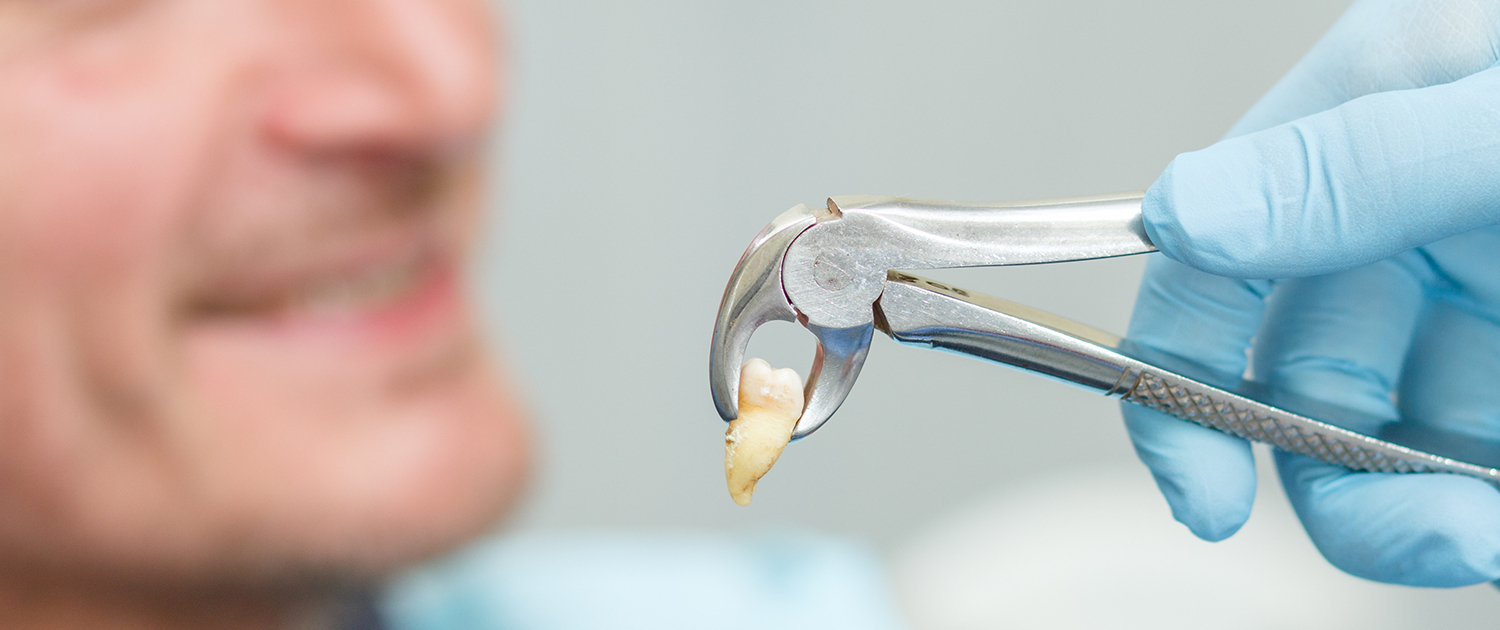Tooth extraction, wisdom teeth, cyst removal and frenulectomy
Oral Surgery includes the Surgical Pathology and the Surgery of the Oral cavity, that is, the study of the surgical techniques and the pathologies that are treated with surgery within the anatomical limits of the oral cavity.
The most common type of oral surgery is tooth extraction. Other examples are the extraction of impacted and semi-impacted teeth, cysts, frenulectomy, placement of dental implants, bone regeneration and regeneration of the alveolar crest, etc.
Tooth extraction
Tooth extraction is the oldest and most common oral surgery. Over the centuries it was performed by dentists, doctors but also by non-medical figures such as practitioners, barbers, gyrologists, etc.
Today, the extraction of a tooth is a purely dental procedure in which a tooth or root is removed from the jawbone. The extraction is performed either due to the existence of pathology of the dental or periodontal tissues or because it is part of a comprehensive treatment, prosthetic or orthodontic, which imposes the extraction for a better arrangement of the teeth.
The most common pathological conditions that lead to the extraction of a tooth are the following:
- Fracture of a tooth
- Extensive catastrophic caries that cannot be cured
- Trauma that cannot be repaired
- Extensive pathology of the tooth bone (e.g., cyst or tumour)
- Recurrent periodontal abscess in a tooth with extensive periodontal damage
- Sovranumerary or excess teeth
- Impacted teeth
- Complications after endodontic treatment (root canal treatment).
Howdoesatooth extraction is done?
First of all, as for all other dental procedures, the patient’s medical history is taken, and all the medications are recorded. Then follows the clinical examination by the dentist which in combination with the performance of x-ray, if this is deemed necessary, confirms the necessity of extraction.
Then local anaesthesia is performed so that the whole procedure is as painless as possible. Once the effective anaesthesia of the affected area is established, the removal of the tooth begins with gentle movements and appropriate tools. Finally, instructions are given to the patient and if necessary, medication.
Will I experience pain after tooth extraction?
A tooth extraction is a surgical procedure that may cause pain, swelling, fever, and general malaise. The clinical course of each extraction depends on its clinical difficulty. It is very important to follow the dentist’s instructions faithfully and to contact the doctor in case of any questions or doubts.
Post- extraction instructions
After extracting a tooth, it is advisable to follow the instructions below:
- Be careful not to bite your lips, tongue, or cheeks for as long as the anaesthesia lasts.
- Limit smoking for the first 24 hours.
- Limit alcohol consumption for the first 24 hours.
- On the day of the operation, eat lightly and drink a lot of cold or warm liquids, avoid hot ones for the first 24 hours.
- In the days following the extraction use the opposite half of the mouth for chewing.
- Do not rinse your mouth and do not gargle for the first 24 hours.
- Brush your teeth carefully close to the extraction area.
- Do not place dentures for 24 hours.
- Limit your activities for the first 24 hours and refrain from intense physical exercise for up to 48 hours after surgery.
- In case you have stitches, they should be removed after about 7 days.
- Swelling after tooth extraction is a normal tissue reaction. The application of ice in the first 24 hours is recommended. Wrap some ice cubes in a kitchen towel and apply the patch on the operation area for 10 minutes, remove the ice for the next 15 minutes and repeat this way.
- Follow your dentist’s instructions for taking analgesics (painkillers), but never take aspirin.
- Do not hesitate to contact your dentist for anything you deem necessary.
Extraction of a wisdom tooth
Extraction of a wisdom tooth that has erupted normally in the mouth is indicated in cases where the tooth is decayed or needs root canal treatment and has no competitor in the other jaw or is not a tooth useful for some future prosthetic restoration.
In cases where the wisdom tooth has partially erupted, i.e., is semi-impacted, its extraction is recommended when it begins to cause problems in the oral cavity such as abscess, caries of the adjacent tooth, infection (peristefanitis) or when the eruption direction is not compatible with the rest of the teeth (lack of space or crooked tooth). When the wisdom tooth is impacted, that is, it is still inside the bone, it is removed for precautionary reasons. In both cases, impacted or impacted, tooth extraction is a surgical procedure that, unlike a simple extraction, is more likely to give postoperative pain, swelling, and difficulty in opening the mouth. Antibiotics may be needed.
Otheroralsurgicalinterventions
Other oral surgical interventions performed in our office include cyst removal, frenulectomy and root resection. Our practice has a laser which allows a more conservative approach in the case of lingual or labial frenulectomy.

